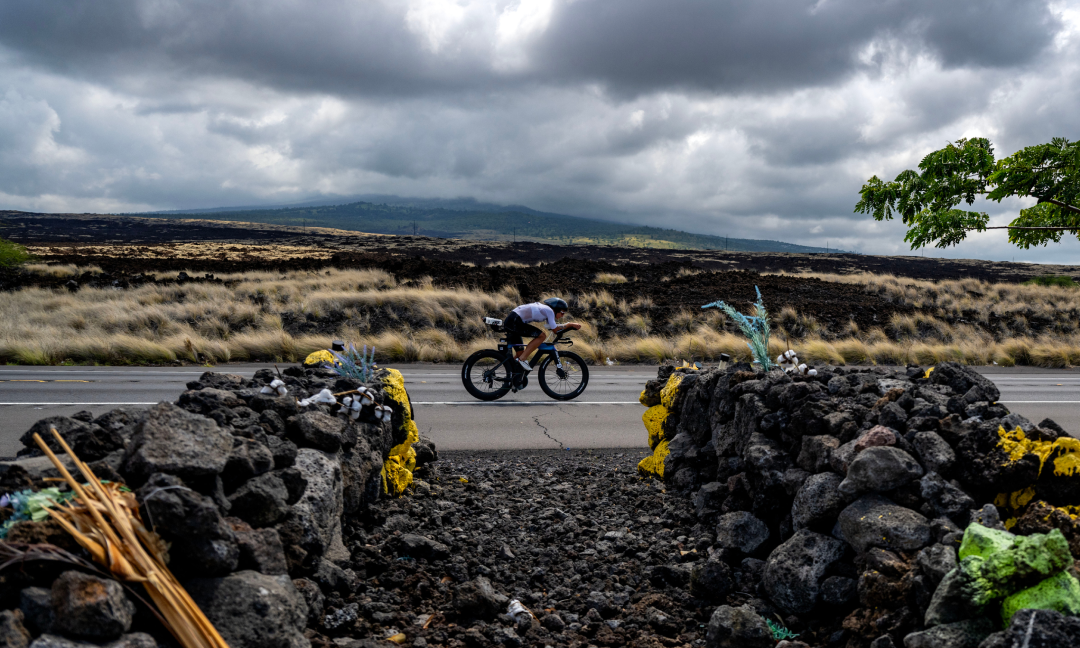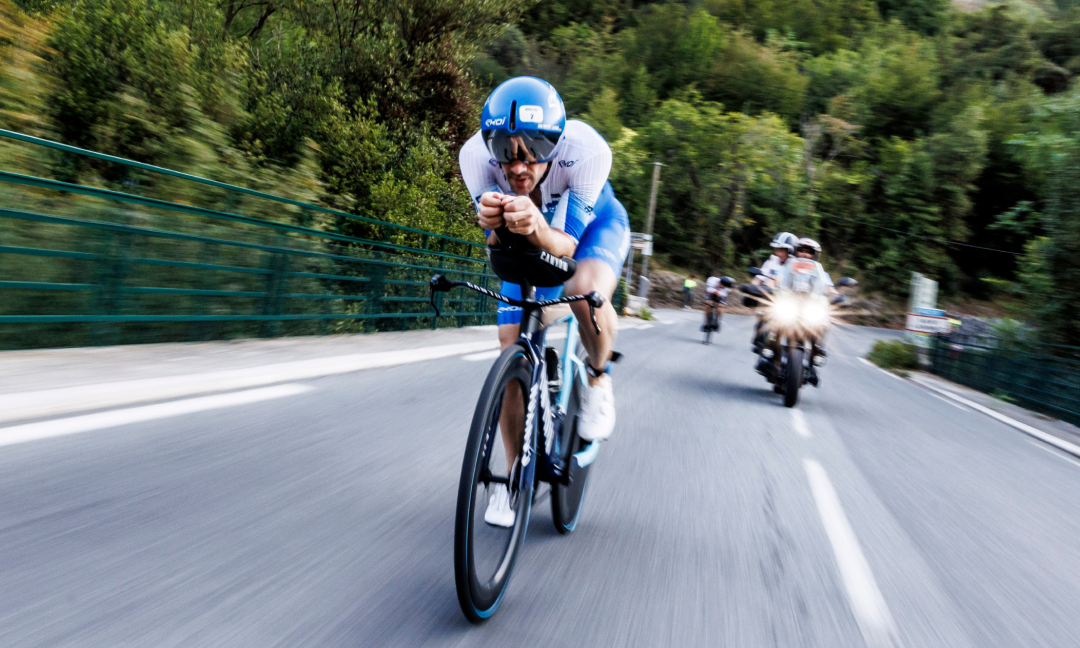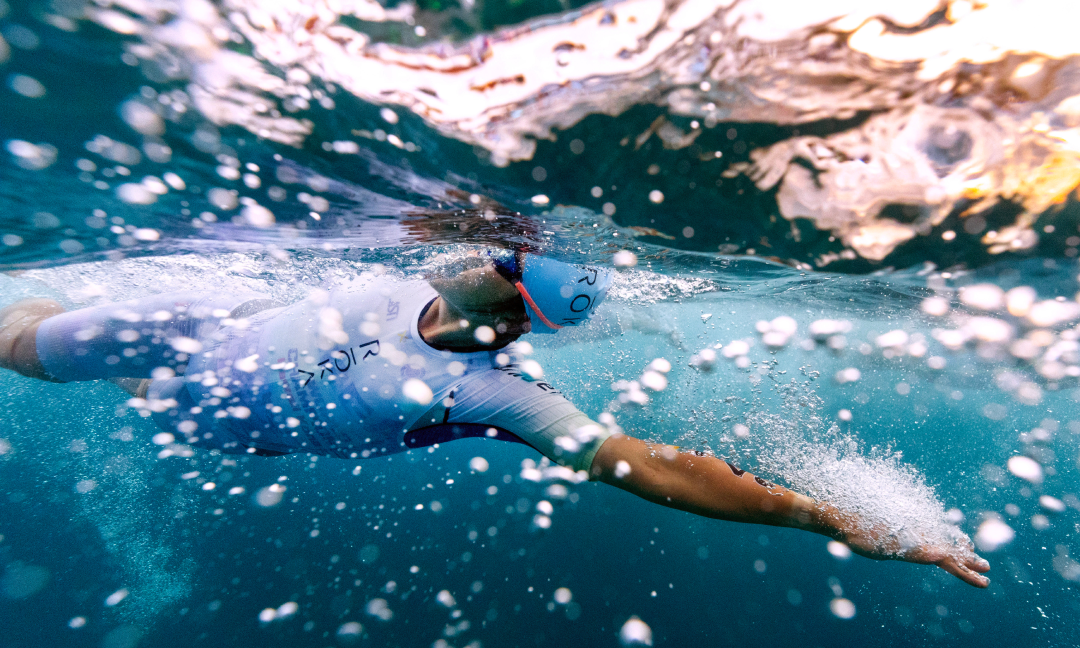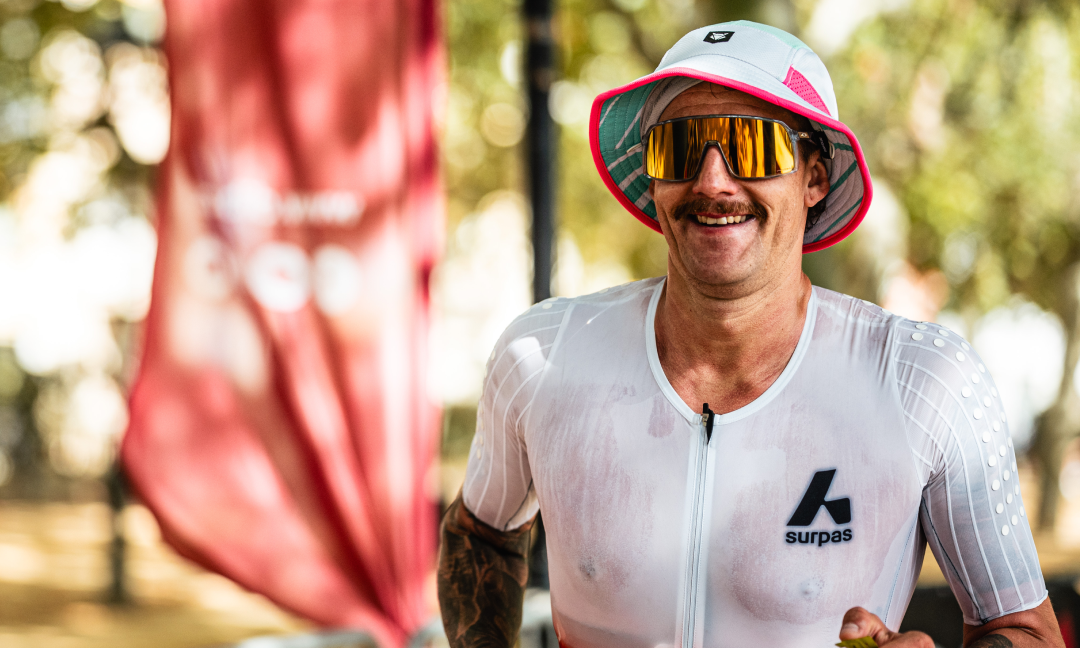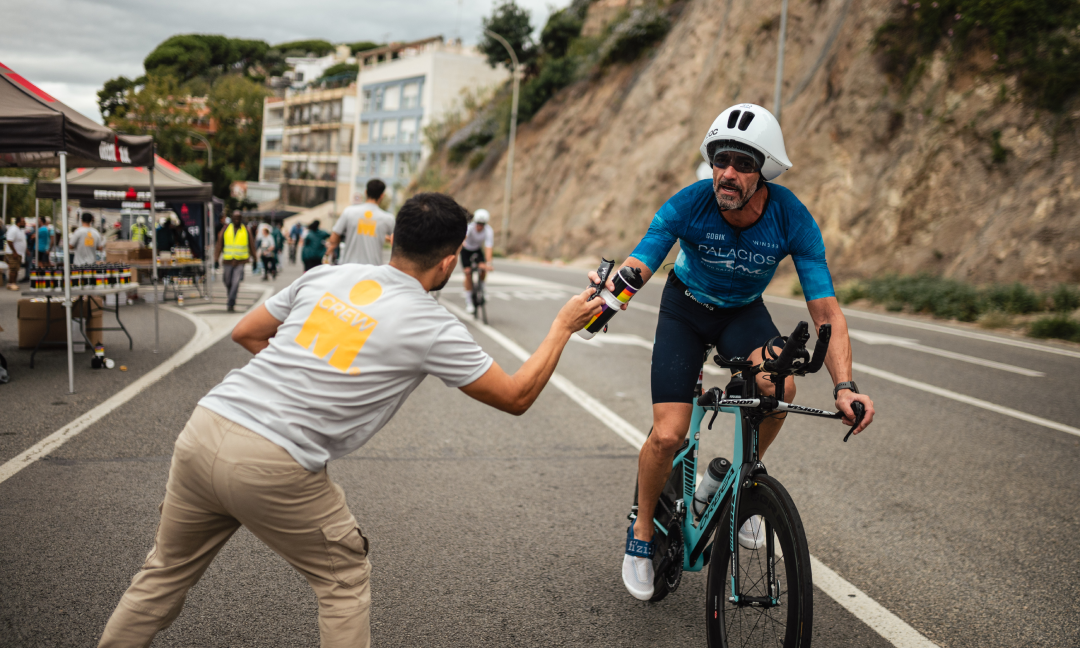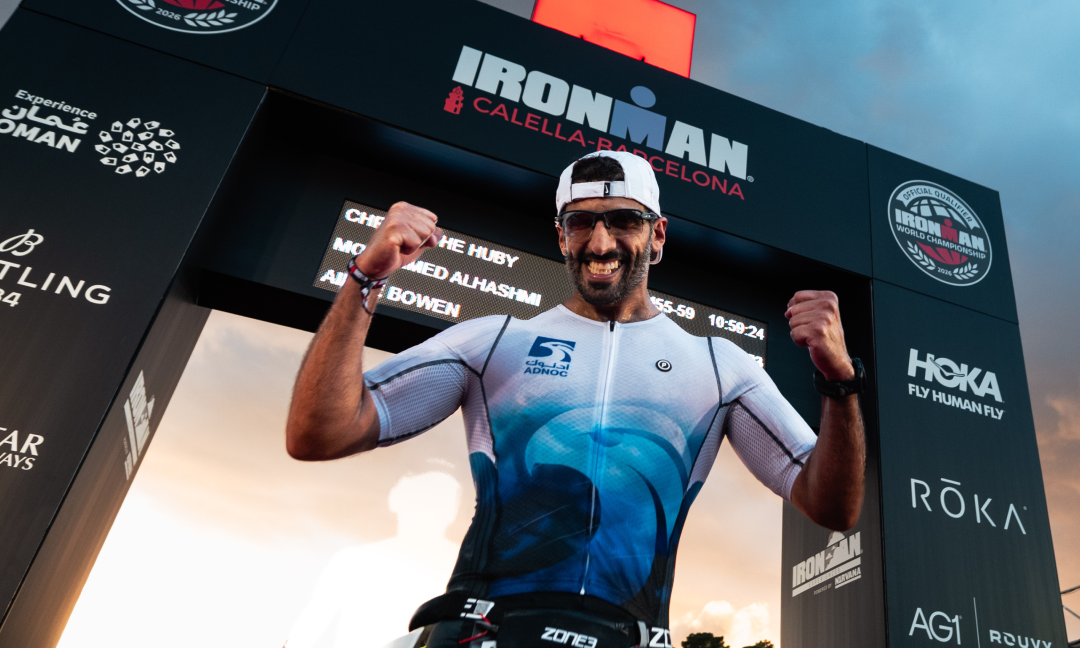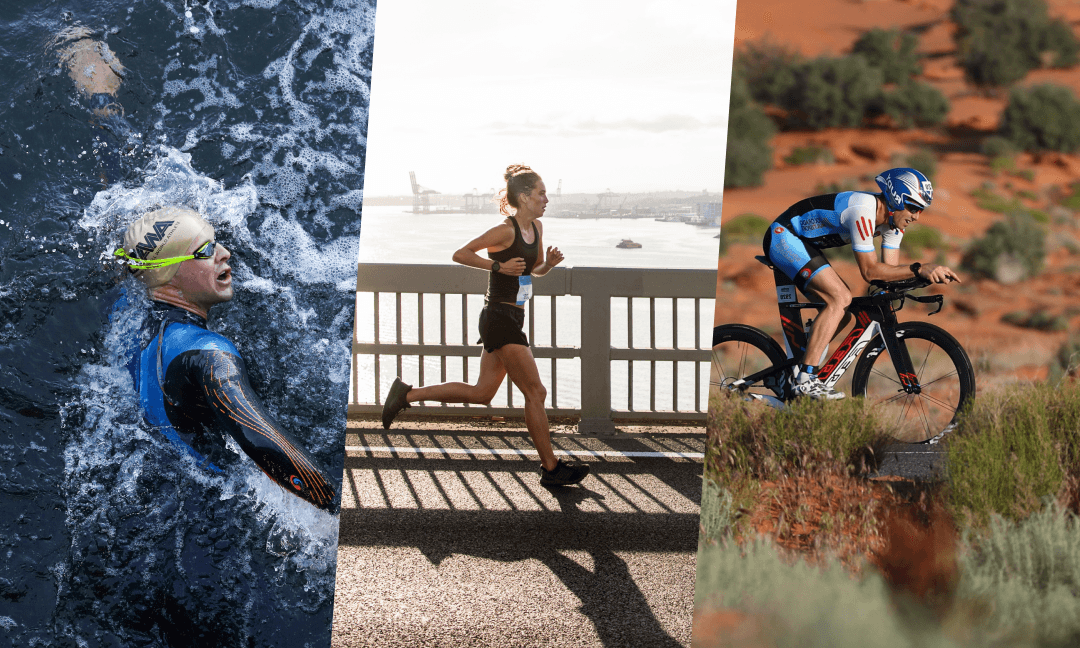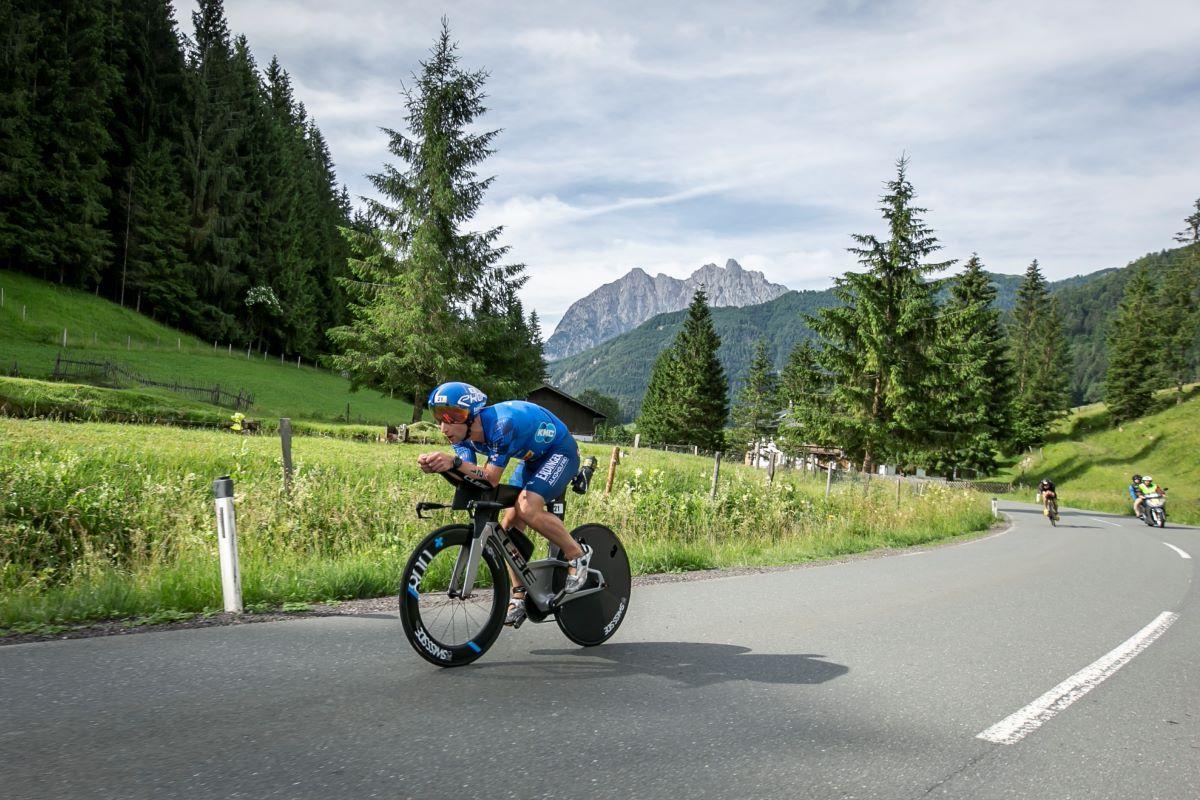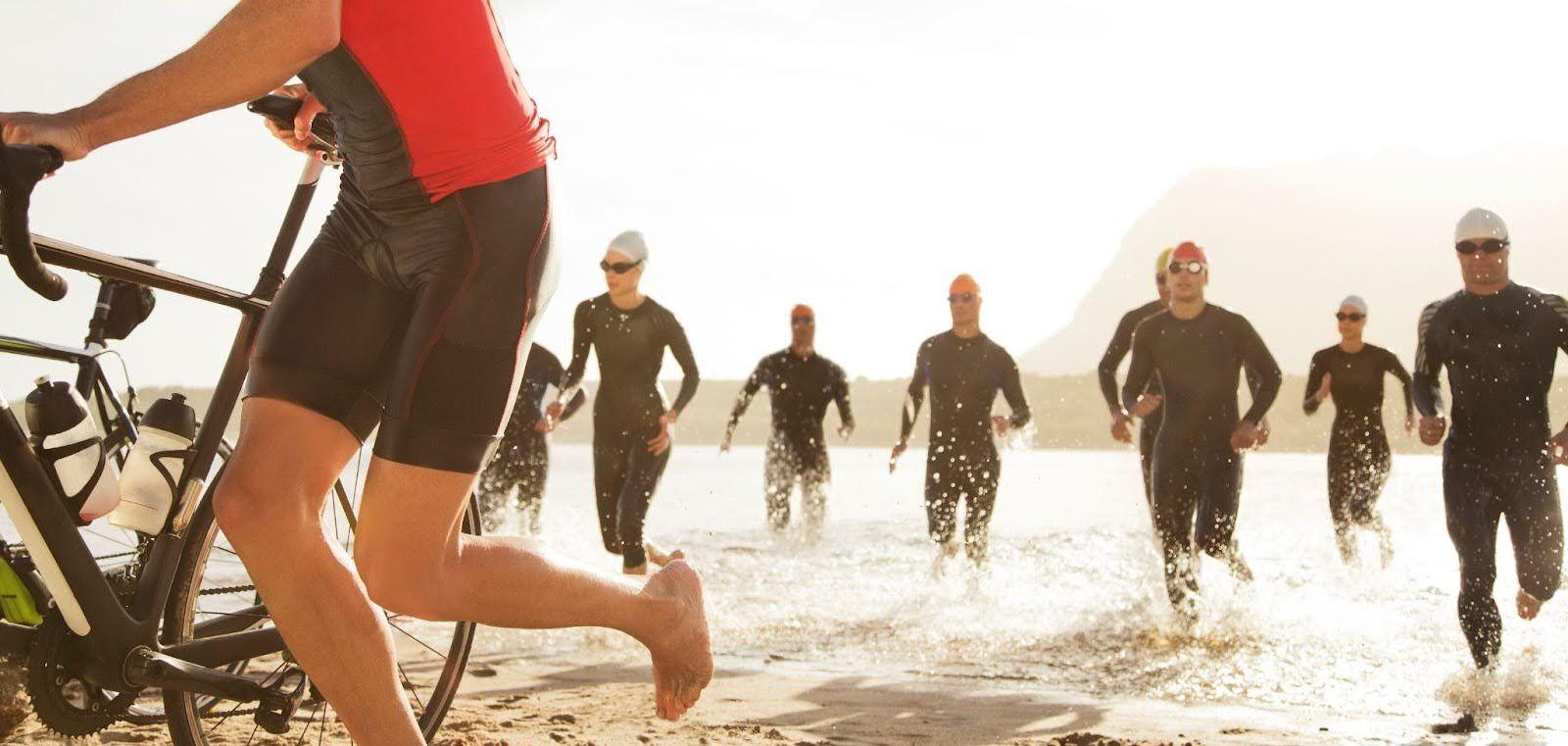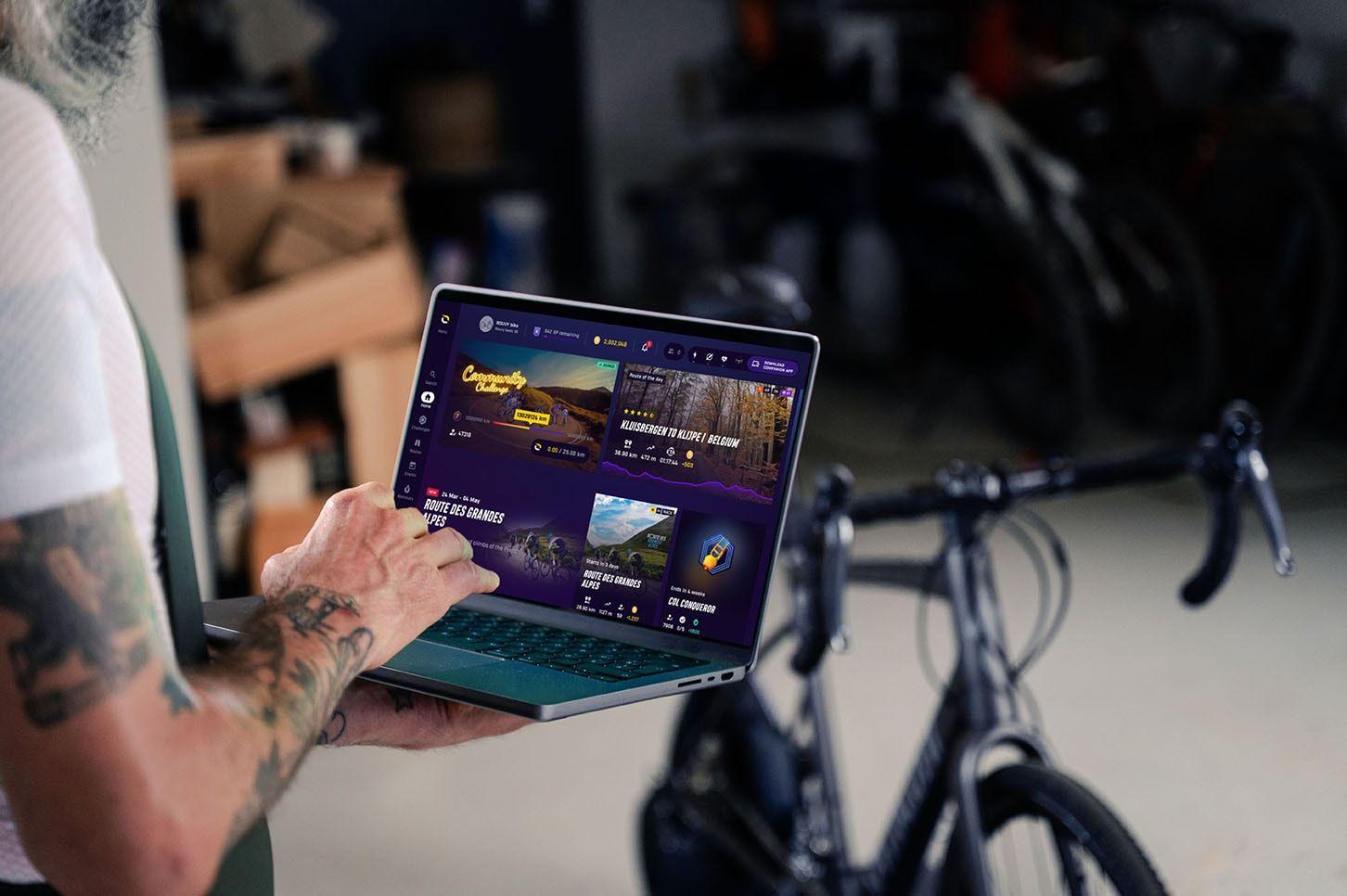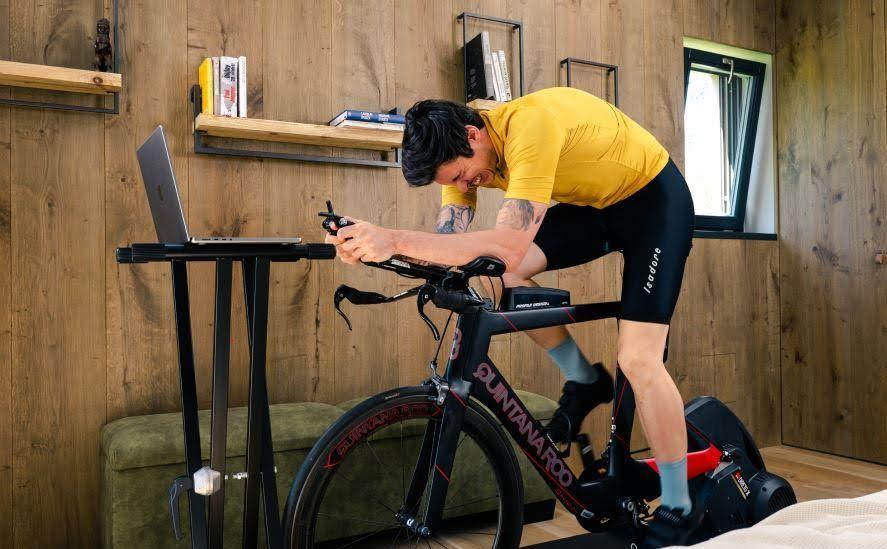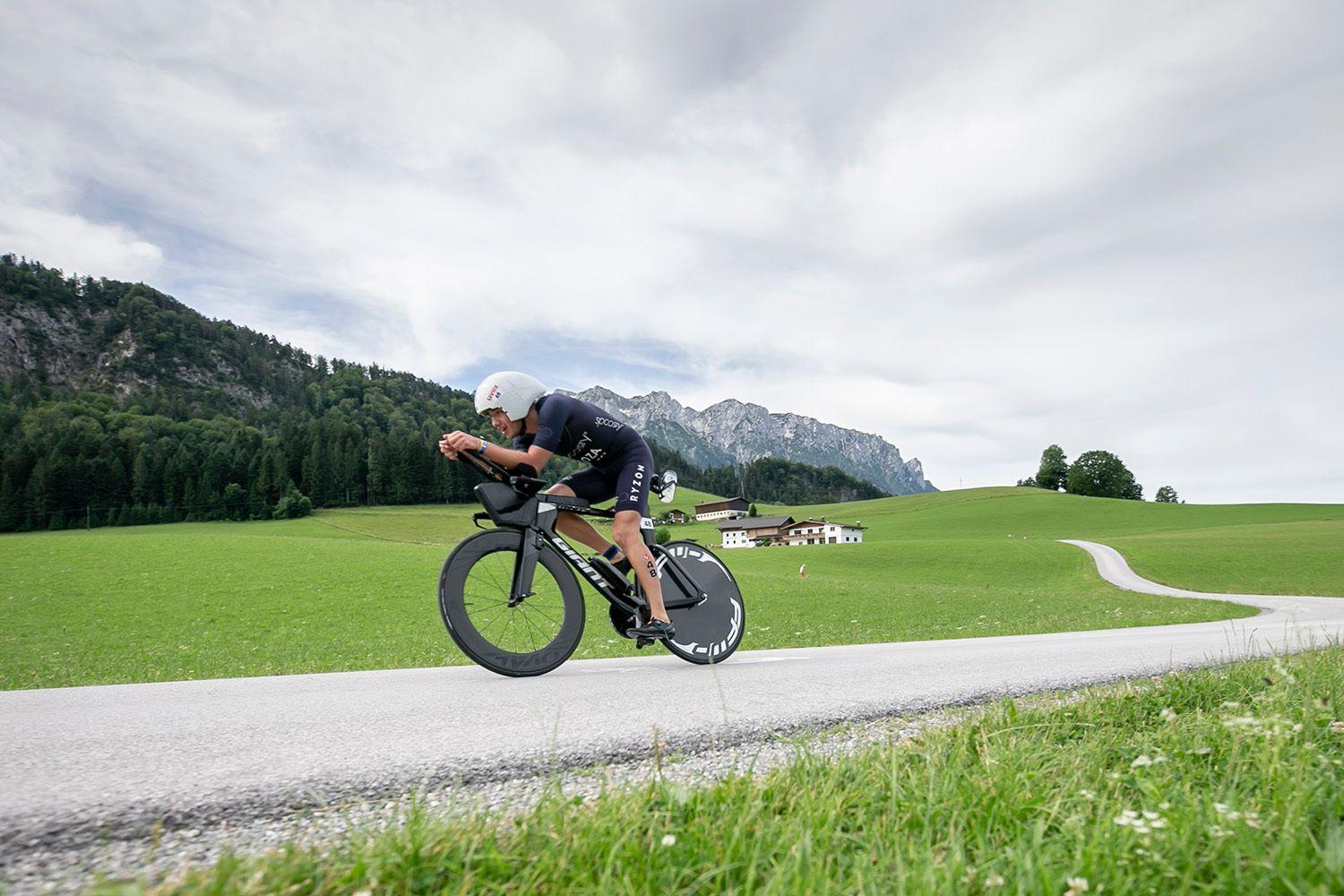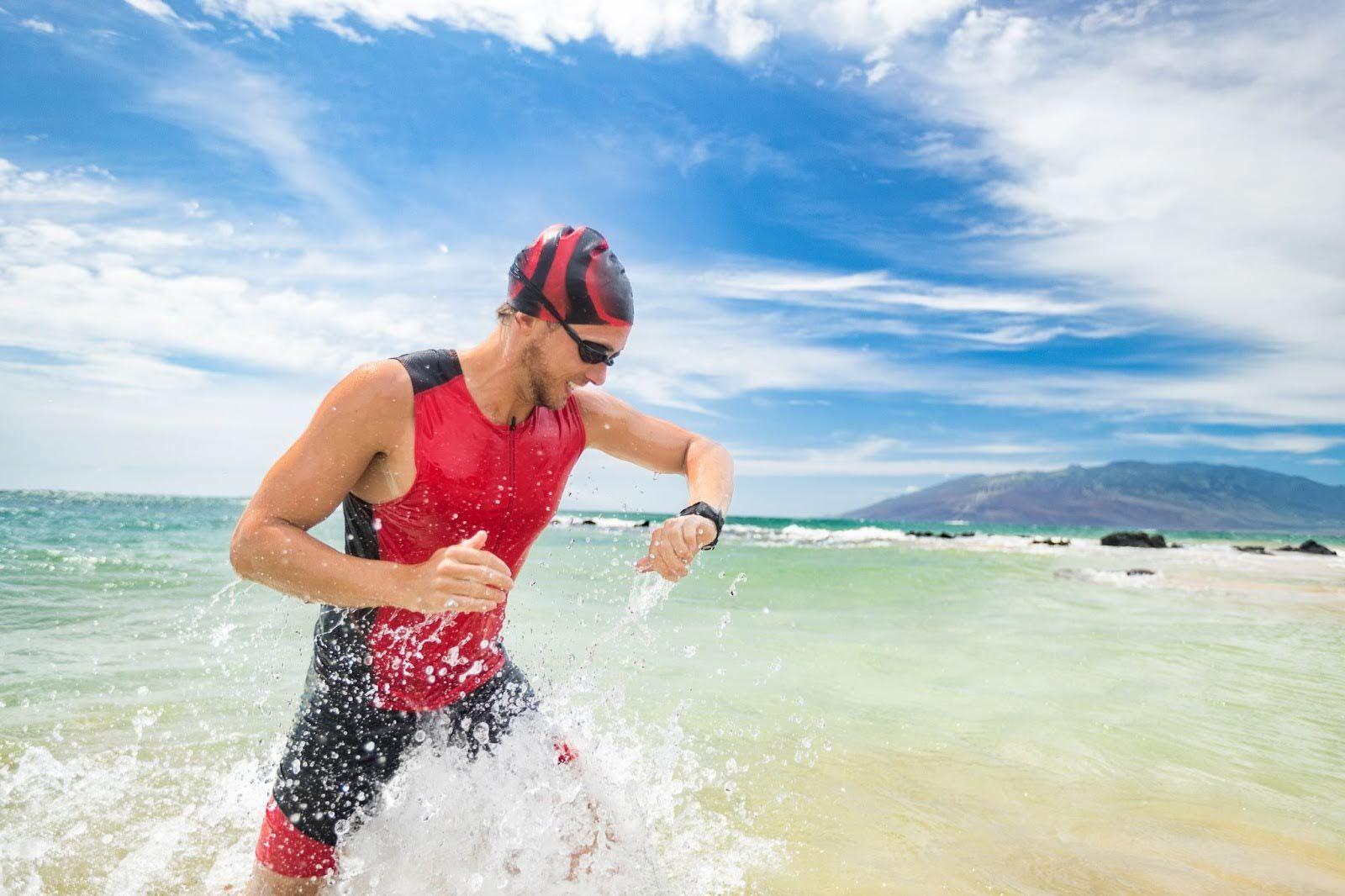Why 70.3 is the ideal step between Olympic and full IRONMAN
For many triathletes, completing an Olympic distance is the first real taste of what multisport endurance feels like. With its 1.5 km swim, 40 km bike, and 10 km run, it tests both speed and stamina while laying the foundation for bigger challenges ahead. Once that milestone is achieved, the natural next step is the Half-Ironman, also known as the 70.3.
Covering a 1.9 km swim, a 90 km bike, and a half-marathon run, it is long enough to demand strategy and discipline yet achievable for athletes with busy lives. Positioned perfectly between the sharper intensity of Olympic racing and the extreme demands of a full Ironman, the 70.3 represents the ultimate stepping stone. It is a chance to prove to yourself that you can go further, train smarter, and unlock a new level of endurance.
Training for a 70.3 not only builds physical fitness, it also teaches important lessons about pacing, fuelling, and consistency. You will learn how to sustain effort for several hours, manage your energy across three disciplines, and balance training with recovery to avoid burnout. The half-distance is challenging, but it is also realistic for anyone with a solid fitness base and a commitment to training. It provides a wonderful sense of achievement without the extreme time demands of a full IRONMAN, making it an accessible yet rewarding milestone in any triathlon journey.
The challenge and appeal of the distance
How long is a half-IRONMAN?
A Half IRONMAN is a triathlon consisting of:
1.2-mile (1.9 km) swim
56-mile (90 km) bike ride
13.1-mile (21.1 km) half-marathon run
totalling 70.3 miles (113 km).
This format is also known as an IRONMAN 70.3 and is half the distance of a full IRONMAN triathlon. For newbies, it is a distance that feels serious, yet not daunting. Many triathletes describe their first 70.3 as the event where they truly felt like endurance athletes, a moment of enormous pride and a catalyst for further achievements.
The event is appealing because it requires careful strategy. It's not just about fitness; you need to pace yourself, manage your nutrition, and stay mentally strong. Unlike shorter races, you can't rely on adrenaline alone. You must manage your effort and energy throughout the day to finish strong. Crossing the finish line after hours of balanced racing feels amazing and inspires one to consider attempting a full IRONMAN in the future. This strategic aspect keeps the race engaging and challenging.
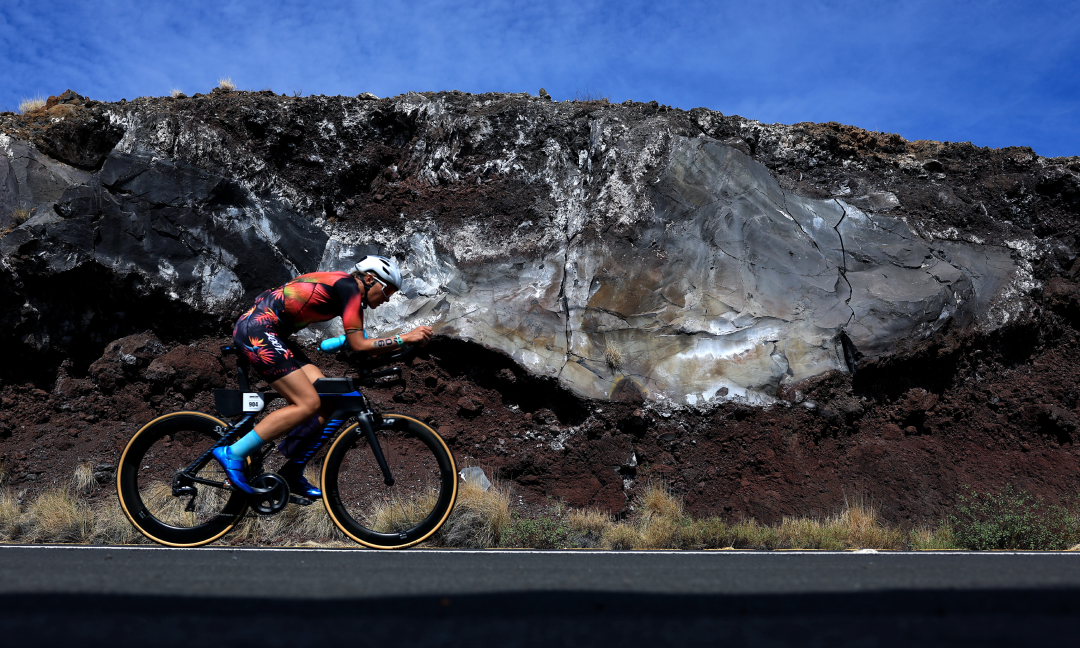
Half-IRONMAN cut-off times and time limits
Official 70.3 cut-off times (swim, bike, run, total) IRONMAN 70.3 events have strict cut-off times to ensure safety and maintain a smooth race flow. You must complete each part of the race within the specified time limits. While they may seem challenging, with regular training, most athletes can complete them comfortably within the allowed times.
Here is a typical set of cut-off times used across many IRONMAN 70.3 races:
🏊 SWIM: 1.9 km, 1 hour 10 minutes
🚴♂️ BIKE: 90 km, 5 hours 30 minutes from swim start
🏃 RUN: 21.1 km, 8 hours 30 minutes from swim start
🏁 TOTAL: 70.3 miles, 8 hours 30 minutes
The main challenge for beginners is the bike cut-off. If you get too tired after the swim and ride slower than expected, you might be taken off the course before the run. That's why it's important to build cycling endurance and learn how to pace yourself when training for a half-IRONMAN. Understanding the cut-off times and how they can affect your race can help you plan your training and race strategy more effectively.
Why pacing matters for beginners
Many first-timers fall into the trap of swimming too hard, riding aggressively, and then walking much of the run. That’s not only unpleasant, but it can also cause you to miss time limits. Smart pacing means holding back when you feel fresh, especially on the bike. Your goal is not to set a personal best in each discipline, but to cross the finish line strong and complete the race well. Understanding and practising smart pacing will keep you informed and prepared for the race.
One of the best ways to practise pacing is by using heart rate zones or power targets in training. Indoor cycling platforms like ROUVY are excellent for this because they provide precise data feedback. Riding a virtual version of your race course, or a route with similar elevation, allows you to learn how certain wattages or paces feel, so that on race day, you can ride consistently without overcooking it.
Training basics for 70.3
Weekly training hours needed
A common question for beginners is: how many hours per week do I need to train? The answer depends on your fitness background, your race goals, and the amount of time you can realistically commit. For most athletes, a half IRONMAN training program will involve between 8 and 12 hours per week.
Some weeks will be lighter, with recovery sessions and lower volume. Peak training weeks, typically 4-6 weeks before race day, may increase to 12-14 hours of training per week. If you are time-crunched, you can still prepare adequately with fewer hours by focusing on quality rather than quantity, which is where tools like ROUVY help, as they enable you to conduct structured, efficient workouts without wasting time on logistics, traffic, or weather.
Phases: base, build, taper
Training for a 70.3 is not just about piling on mileage. A well-designed half-IRONMAN training plan that beginner athletes can follow is broken into three main phases:
Base phase: Lasts 8-12 weeks. The focus is on building aerobic endurance, improving swim technique, and establishing consistency. Intensity is mostly easy to moderate, with some light interval work.
Build phase: The next 6-8 weeks. Here, you introduce more race-specific sessions, including tempo rides, threshold runs, and brick workouts. Long sessions become longer, and intensity increases.
Taper phase: The final 2-3 weeks. Volume reduces significantly while some intensity is maintained. The goal is to arrive fresh, sharp, and ready to race, not fatigued from training.
How to balance training with work and family
Training for a 70.3 is a commitment, but it doesn't have to take over your life. Many successfully prepare while working full-time and managing family responsibilities. The key to it is planning.
Short weekday sessions can be done early in the morning, during lunch breaks, or on ROUVY on the indoor trainer at home in the evening. Weekends are best reserved for longer rides and runs. Communication with your family is important, so that your training schedule works with theirs. Remember, consistency is key. Missing a session occasionally will not ruin your race, but trying to cram in too much can lead to burnout or injury.
